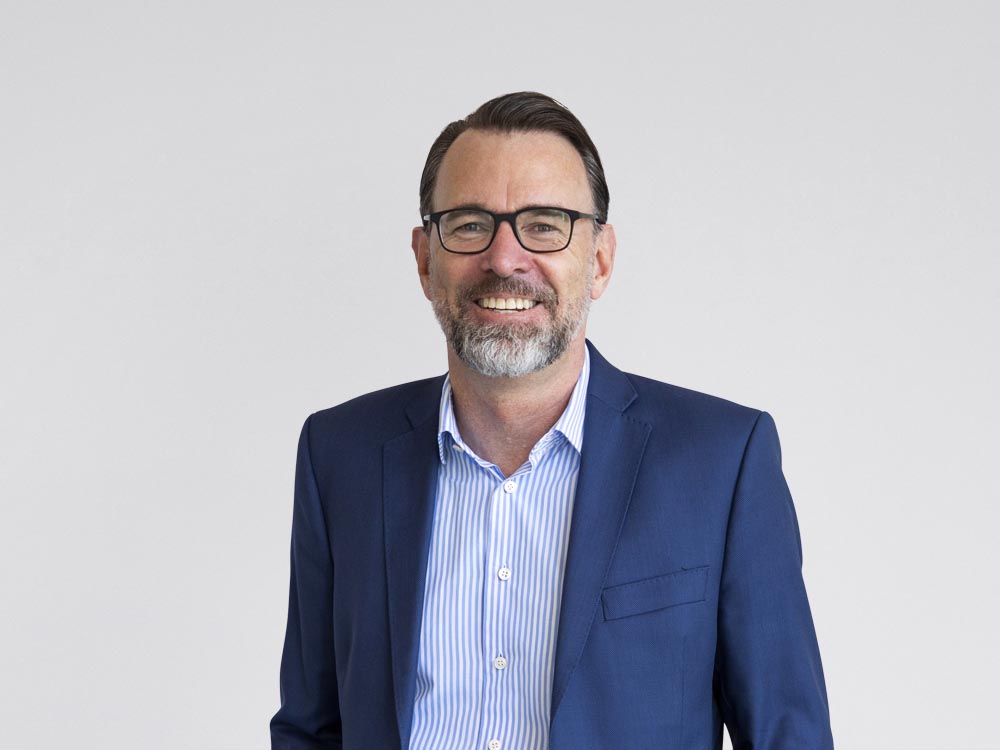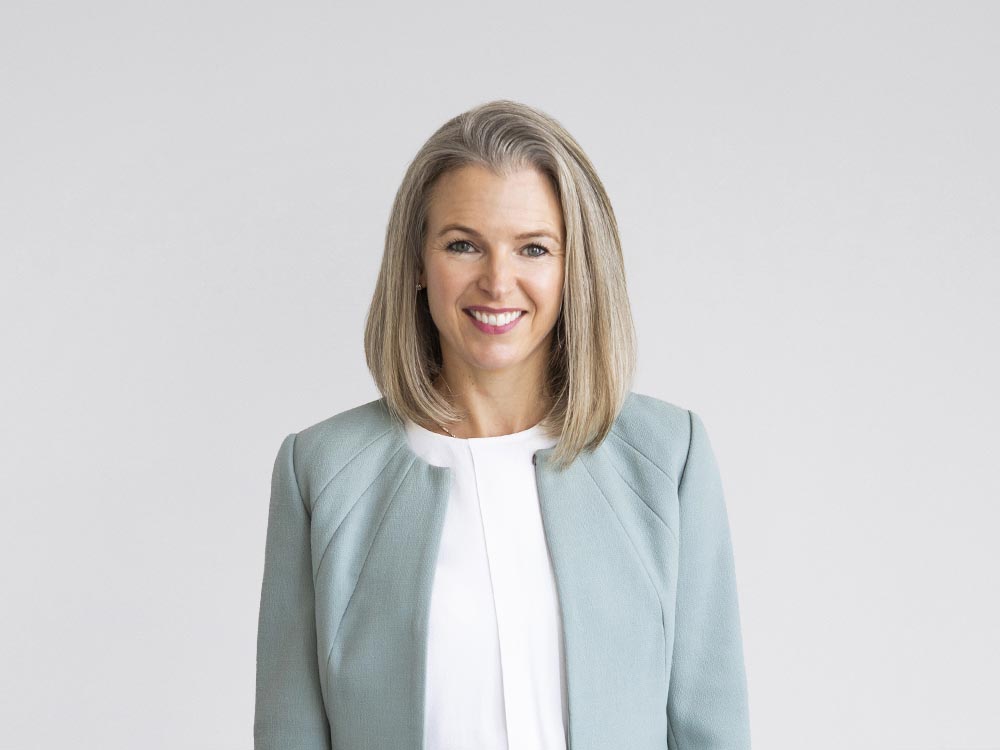On Tuesday, 21 March 2023, MinterEllisonRuddWatts hosted its inaugural Construction and Infrastructure conference Building Together | [Re]set for the future for industry governors and senior executive managers actively involved in the sector.
An informal panel conversation between Scott Thompson, Partner, MinterEllisonRuddWatts, Aaron Hochwimmer, Director of Operations, Power – Australia and New Zealand, Jacobs, and Juliet Woodward, Executive Director, Sales NZ, Jacobs covered the implementation of sustainability principles when delivering domestic and international projects, and the parallel delivery of broader social outcomes.
The panel examined the following themes and aspirations:
- What can be done to help New Zealand businesses deliver on their decarbonisation goals and imbedding sustainability within their business.
- Significant opportunities that exist within the construction and infrastructure space to lead the way in sustainable practices and achieving broader outcomes from these projects.
- It is clear that further regulatory change is coming that will affect the construction and infrastructure sector. Customers and the public are already demanding that we operate in a sustainable way therefore, we need to be taking steps to incorporate sustainable practices into our businesses.
What is sustainability?
To frame the discussion, the panel sought to define what “sustainability” means in a construction and infrastructure context. While this can vary in different circumstances, the key tenet was a commitment to ESG as a set of factors to evaluate outcomes and, in particular, considering the value of a project and project outcomes with reference to broader outcomes such as social impact and environmental impact in addition to purely economic objectives.
The panel looked at the AUD50 billion Melbourne Suburban Rail Loop as an example of a large scale infrastructure project where broader outcomes, in particular, solving social equity issues and promoting greater social values, were a primary driver behind the project. In this instance, broader outcomes were assessed by economists on the basis of the “green book” to quantify these on a dollar per person per year basis.
How to imbed sustainability considerations and broader outcomes into our projects and practices
The panel considered the best way to imbed these practices into New Zealand construction and infrastructure projects. The panel discussed the following key considerations:
New Zealand needs to learn from international best practice
- there is a lot we can learn from the approaches to project evaluation and imbedding sustainable practices that is occurring in other parts of the world. The panel gave examples, including the Changi Water Reclamation Plant (a water recycling facility in Singapore) and the Edinburgh Strategic Sustainable Transport project;
- there is no need to “reinvent the wheel”; and
- if we ignore international best practice, we risk becoming insular and out of step with the rest of the world.
Funding
- the private sector must be engaged and is vital to the funding of sustainable projects; and
- legislation needs to support the engagement of the private sector and the panel gave examples of legislation in the United States that had the effect of promoting private sector investment in sustainable projects.
More collaboration
- we need to demand unprecedented levels of collaboration and look for unlikely alliances (within both the public and private sectors).
Infrastructure leadership is vital
- we need to be able to reframe projects and promote the opportunities that sustainable projects create (particularly in the sense of broader social and environmental outcomes); and
- we need to push for these metrics to be part of our assessment criteria when evaluating project selection and project outcomes.








